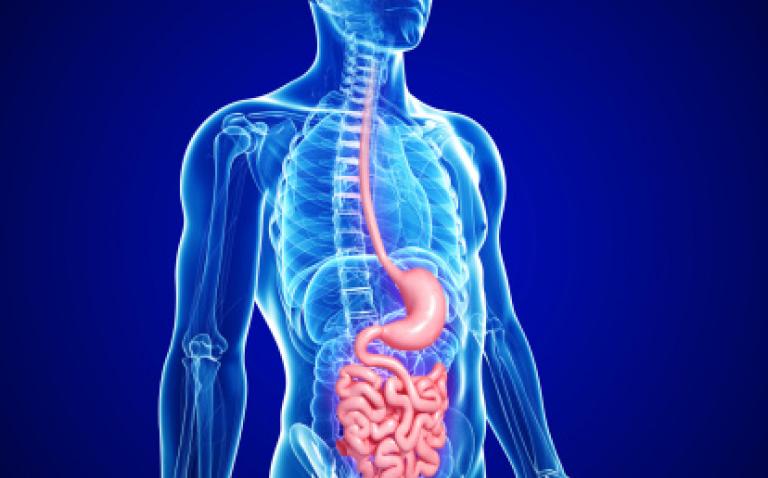BD Diagnostics and Diagenode SA have announced the availability of the CE-marked Diagenode Enteric Viral Panel primers and probes kit that is used with the BD MAX™ RNA extraction kit RNA3 and BD MAX™ PCR Cartridges.
In addition, BD announced the availability of the CE-marked BD MAX™ Enteric Bacterial Panel for use on the BD MAX™ System.
The Diagenode Enteric Viral Panel primers and probes kit is an automated in vitro diagnostic (IVD) test for the qualitative detection of norovirus (genogroups I and II) and rotavirus species in stool specimens. The BD MAX Enteric Bacterial Panel is a qualitative IVD test detecting DNA from Campylobacter spp. (jejuni and coli), Salmonella spp., Shigellosis disease (Shigella spp./Enteroinvasive E. coli [EIEC]) as well as Shiga-toxin Types 1a and 2a in stool specimens.
“The expanding BD MAX System product menu and open system capabilities, full automation and standardised workflow will enable laboratories to consolidate and standardise a broad range of molecular tests to build programs that meet both their current and future clinical needs,” said Tom Polen, President, BD Diagnostics – Diagnostic Systems. “BD’s suite of enteric assays on the BD MAX System will allow for targeted testing needs based on patient and clinical presentation, optimising both clinical and economic outcomes.”
Infectious gastroenteritis accounts for 1 billion cases of diarrhoea globally and more than 2 million deaths annually. These infections may be caused by viruses, bacteria or parasites and often take two to three days to identify in the clinical laboratory using conventional methods.
Enteric viruses are the most common cause, accounting for millions of gastroenteritis cases annually across the EU. During 2012 several countries across the European Union saw an increase of as much as 83% in the number of cases reported as compared to last year. Early and rapid diagnosis is critical in stopping the transmission of this highly contagious disease.(1)
Reference
- Eurosurveillance, Volume 18, Issue 1, 03 January 2013










